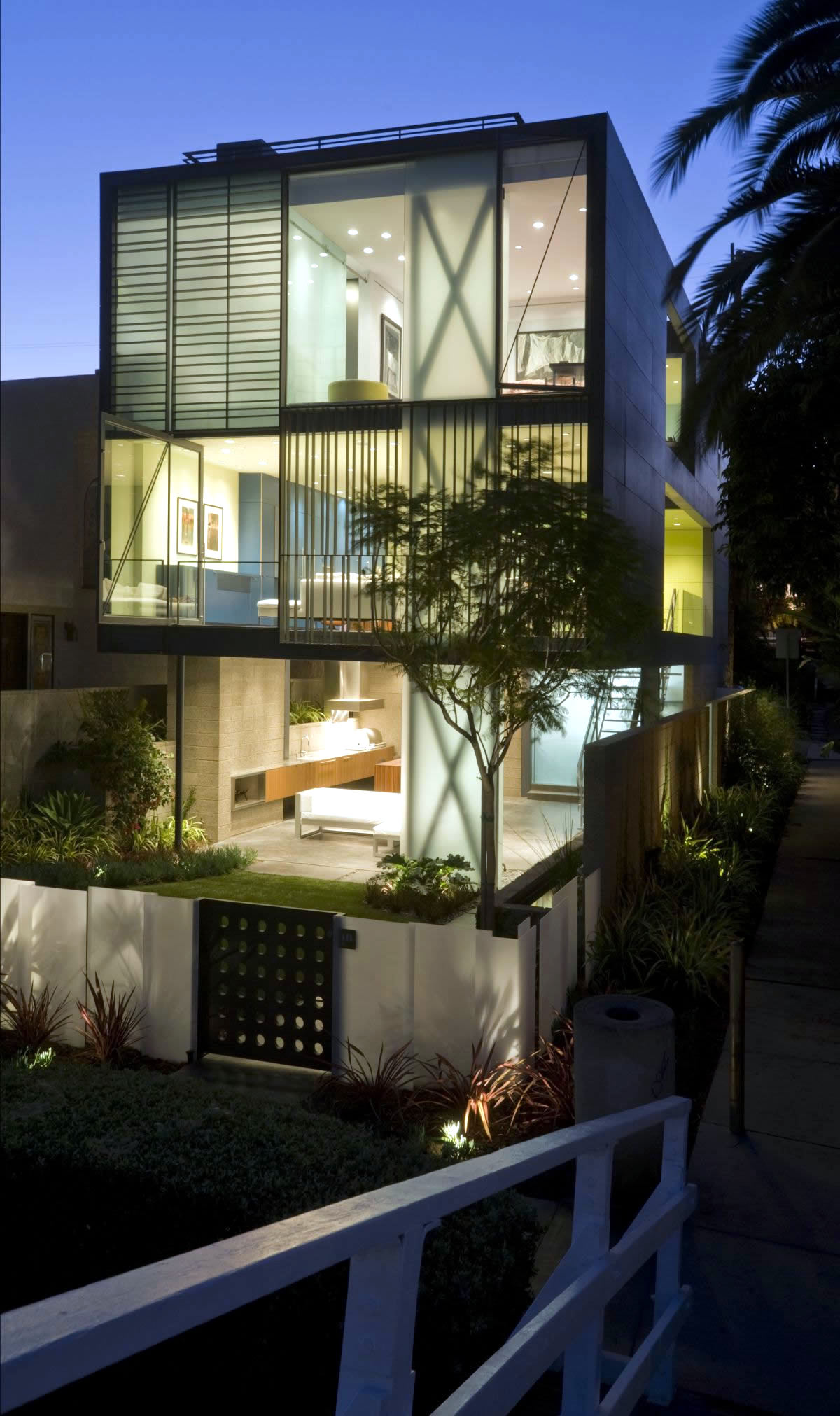
And it allows to reference the Blob in, , basically any other object that expects a URL. So such URLs are short, but allow to access the Blob.Ī generated URL (and hence the link with it) is only valid within the current document, while it’s open. I haven’t any at the moment.For each URL generated by URL.createObjectURL the browser stores a URL → Blob mapping internally. So now you can set your images with as many words of wisdom as you can muster. Most of you will probably end up using the TABLE background method up top, but maybe not. That way you’ll lessen your chance of rolling the text over the sides. You shouldn’t set that any wider than the image. The height and width command set the height and width of the division the text will sit inside. Style Sheet commands then place it 250 pixels from the top of the browser window and 20 pixels from the left side. The text, formatted to +2 font size and green color, has been placed in a division. The image is just sitting where it would normally sit.
#Text on image javascript code#
The concept of positioning is explained in mind-numbing detail here, but you can just about figure it out from the code above. (Turn to the right! (Yes, I see I’ve turned to the left.)) It looks like I should have a county jail number card underneath my face. Looking into my computer screen actually. (That DIV section should really be all on one line) The idea is basically the same as with layers, except you don’t have to create the text image like you did above. It’s a bit of work, but if you are chopping up your pages using layers and DIV sections, this is the way to go about setting up the effect. That way the other image shows through and you get the effect. The trick is that I made the image with the text transparent, except for the text itself. That’s why the text image is written second. Remember that layers lay one over the top of the other in the order they are written. Both are set to start 250 pixels from the left and 100 pixels from the top of the browser’s window. One is of the back of my head (newjoe02.jpg) and the other is an image of the same size with the text “That’s not a Bald Spot” written on it. I set up two layers following the basic format (found here), but this time I did it with two images. That’s my Paul McCartney, Sergeant Pepper’s pose, if you didn’t know.Īs you can see, the effect is the same, but the parts are a little different. It’s done with layers so you have to be running Netscape 4.0 to see the effects.

Here’s a bit of code that will perform pretty much the exact same thing. go further and show you a couple of other methods. I used a FONT size and color command to get the text to show up a little better.Īlthough that table example is good enough, we at Goodies Inc.

If you don’t, then the cell will only conform to the size of the text you put after the TD command. Please note that I added the height and width of the image. I set the image you see above as the background of the image cell. It’s not really needed but it’s good table format. That way you have better control over the text in relation to the image. You need to set everything to zero so that the cell borders lay right against the image. I got the effect using a single table cell, adding a background, and then some text. (My wife gasped as I handed over the credit card.) There are cheaper ones, but not with the disc right on board. If it’s a bad shot, erase it and take another one.

That way you can quickly tell if someone blinked her or his eyes or not. Not only that, but you can also view the images as soon as you take them. When you snap a picture, it writes it to the disc in JPEG format so you can go right to the Net. It holds a 3.5 inch floppy disc right in the body of the camera itself. I thought about getting a new character for the home page, but I still like the old one.īefore we get into the how’s and why’s of this method, I wanted to let you know that the images on this page were taken using my new digital camera. Like the new haircut? Most of the top is gone as well as most of the beard. Here you go, text over a stunning image of yours truly: The Easiest Way I Know To Put Text Over an Image Now the variables have changed out right from under me and the Version 4.0 browsers have offered a couple of different ways to do it. I will take the weasel road right now and say that when I answered the question, it was correct.

I said that it couldn’t be done without the use of a graphics editor. She wanted to be able to put the name of the person in the picture on top of the picture, like a caption. When I put up the last FAQ page, I answered a question from a reader about putting text over an image. Now and again I wonder if people are reading all of the stuff I write.


 0 kommentar(er)
0 kommentar(er)
